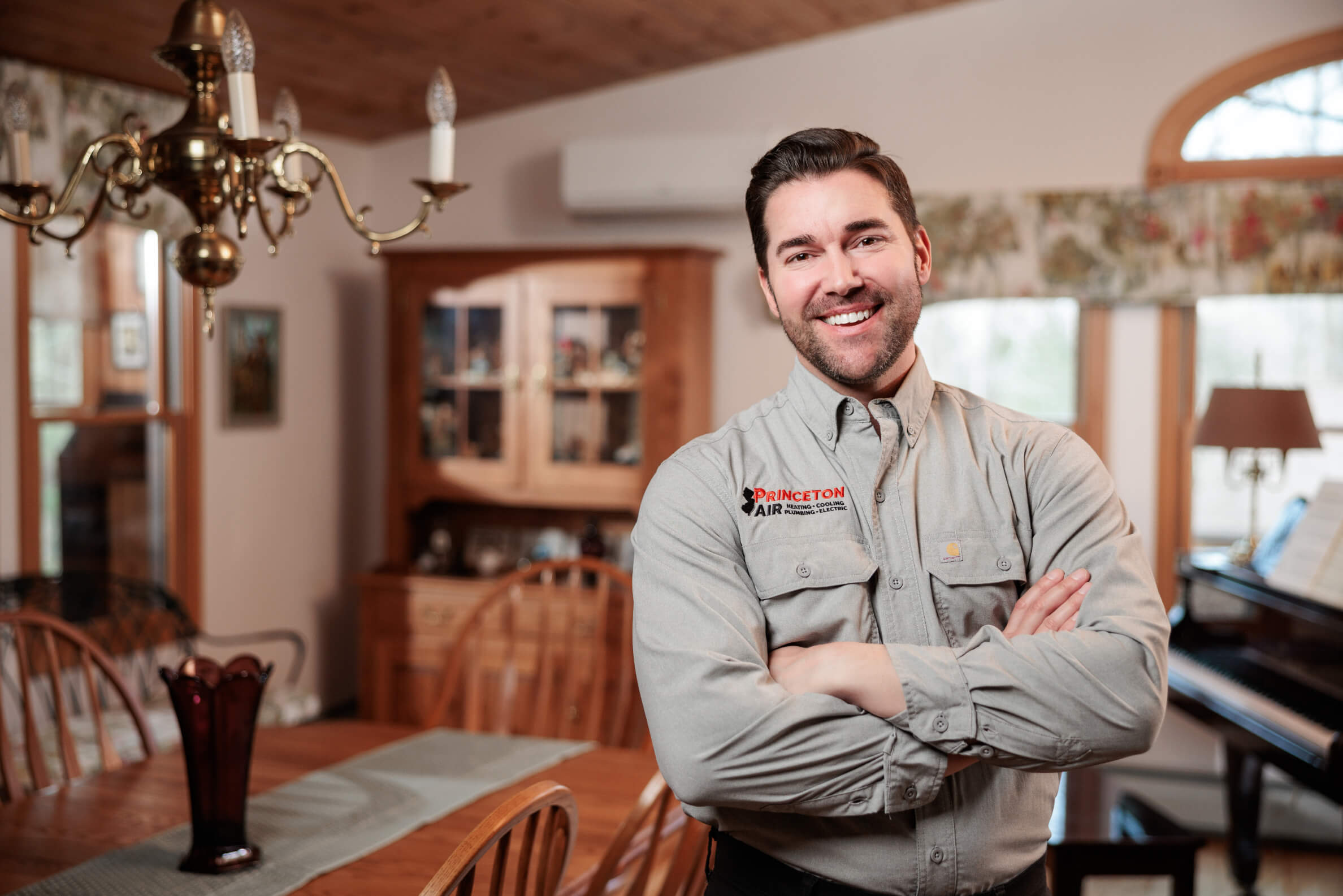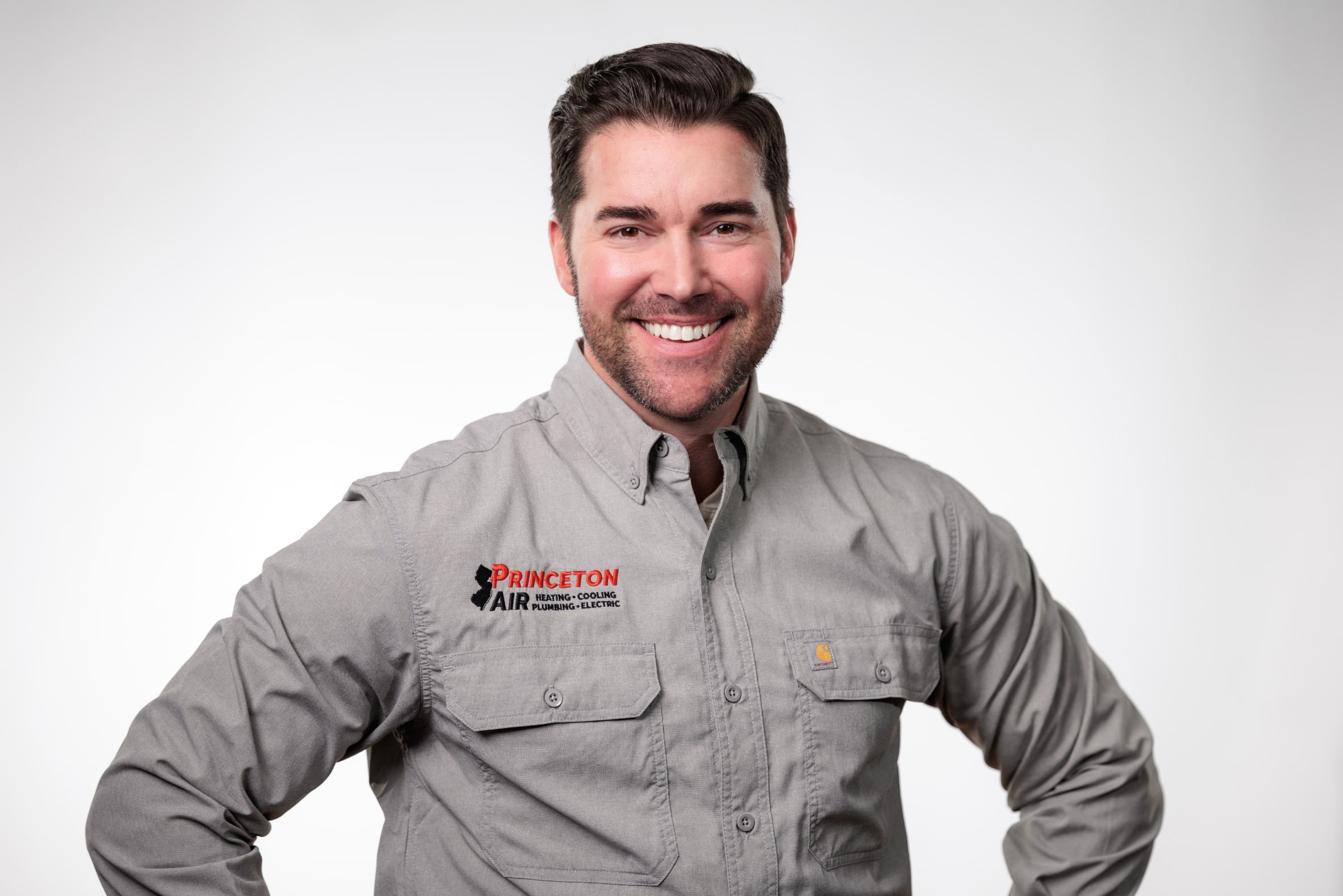Expert Geothermal Heat Pump Services for Reliable Home Comfort
Trusted Geothermal Heat Pump Services in New Jersey

Geothermal heat pumps offer one of the most energy-efficient and sustainable ways to heat and cool your home. By utilizing the stable underground temperature, these systems provide consistent climate control year-round with lower operating costs. Princeton Air specializes in expert geothermal heat pump installation, maintenance, and repair, helping New Jersey homeowners maximize energy savings and reduce their carbon footprint.
Call (609) 799-3434 to schedule a geothermal heat pump installation.
Questions?
How Geothermal Heat Pumps Work & Their Benefits
Geothermal heat pumps operate by transferring heat between your home and the ground through a series of underground pipes. During colder months, the system extracts heat from the earth and distributes it throughout your home. In warmer months, it removes heat from your home and transfers it back into the ground, providing efficient cooling. This process makes geothermal heat pumps significantly more energy-efficient than traditional heating and cooling systems.
Comprehensive Geothermal Heat Pump Services
At Princeton Air, we offer a full range of geothermal heat pump services:
- Geothermal Heat Pump Installation – Professional installation of high-efficiency geothermal systems tailored to your home’s needs.
- Geothermal Heat Pump Repair – Reliable repairs to restore system performance and efficiency.
- Routine Maintenance & Tune-Ups – Preventative servicing to extend the lifespan of your geothermal system and ensure optimal operation.
- Energy Efficiency Optimization – Proper system calibration to maximize savings and improve indoor comfort.
Get Pre-Approved Financing

The Home Comfort Club
Service plan starting at
$49.99 /mo
Benefits of Installing a Geothermal Heat Pump
With decades of HVAC experience, Princeton Air is a trusted provider of geothermal heat pump solutions in New Jersey. Our certified technicians ensure expert installation and maintenance for long-term performance.
- Year-Round Comfort – Provides reliable heating and cooling in one system.
- Lower Energy Bills – Uses the earth’s stable temperature to reduce energy consumption.
- Eco-Friendly Solution – Reduces reliance on fossil fuels and lowers carbon emissions.
- Professional Installation & Support – Expert setup ensures peak performance and reliability.
- Extended System Lifespan – Geothermal systems last longer than traditional HVAC systems with proper maintenance.
- Quiet Operation – Provides efficient climate control with minimal noise.
Schedule Your Geothermal Heat Pump Service Today
Upgrade to an energy-efficient and sustainable heating and cooling system with a geothermal heat pump from Princeton Air. Contact us today to schedule a consultation or request an estimate!
